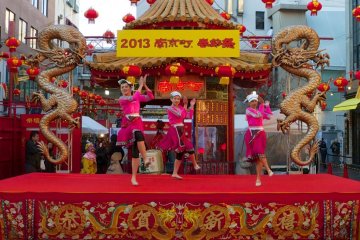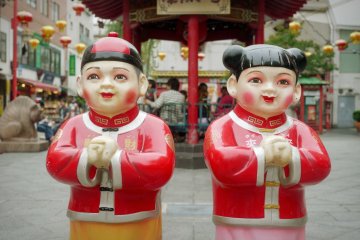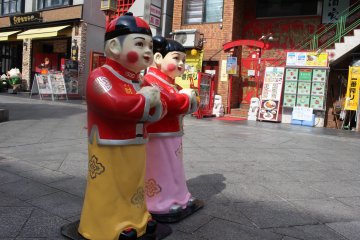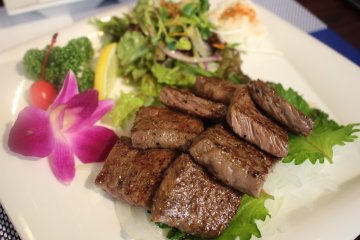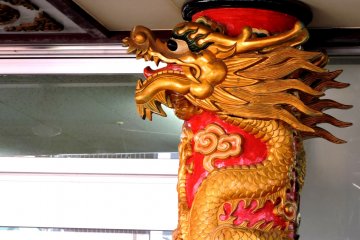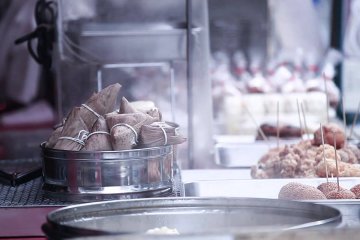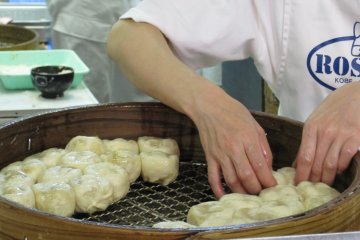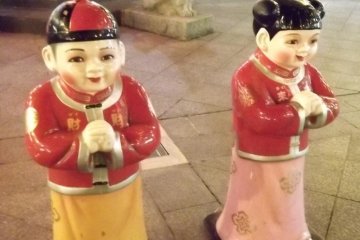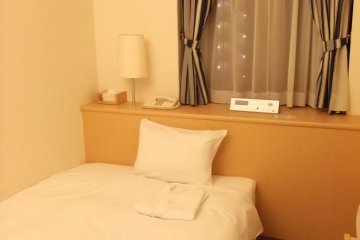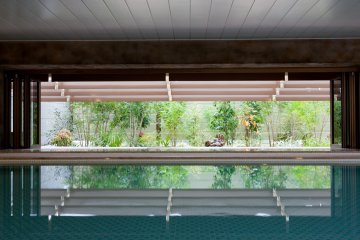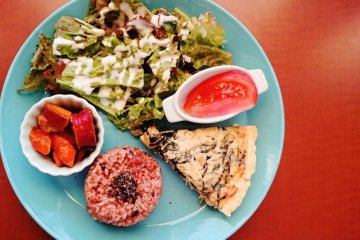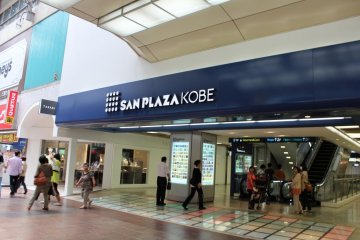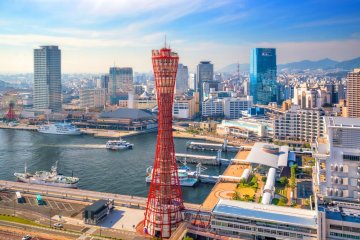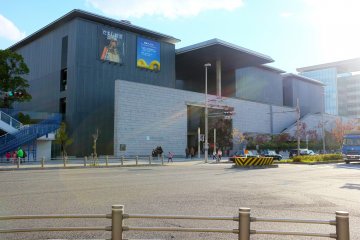Nankin-machi is a neighborhood in Kobe, south of Motomachi Station and adjacent to Daimaru Department Store. The area is known as Kobe's Chinatown and has more than a hundred Chinese restaurants, shops and a Chinese temple dedicated to Guan Yu.
Nankinmachi is a center of the Chinese community in the Kansai region. The area was opened up by Chinese traders who settled near the port of Kobe after the port was opened to foreign trade in 1868. As Chinatown developed, it was named after Nanjing, the former Chinese capital.
The area is a popular shopping and dining district. It offers popular items such as steamed buns (manju), ramen, tapioca drinks, and various other Chinese dishes, many of which have been adapted to Japan to some extent.
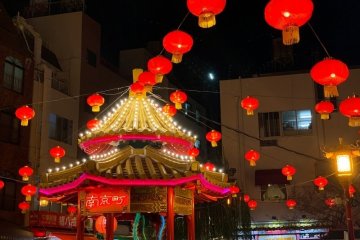


/135.1887631,34.6880589,9/397x132?access_token=pk.eyJ1IjoiamFwYW50cmF2ZWxtYXBzIiwiYSI6ImNqbXBtOXYxbDB5Z3ozbHFrazJuYWMwOGYifQ.v15fy_mcFWtgopmz8PhwqA)
